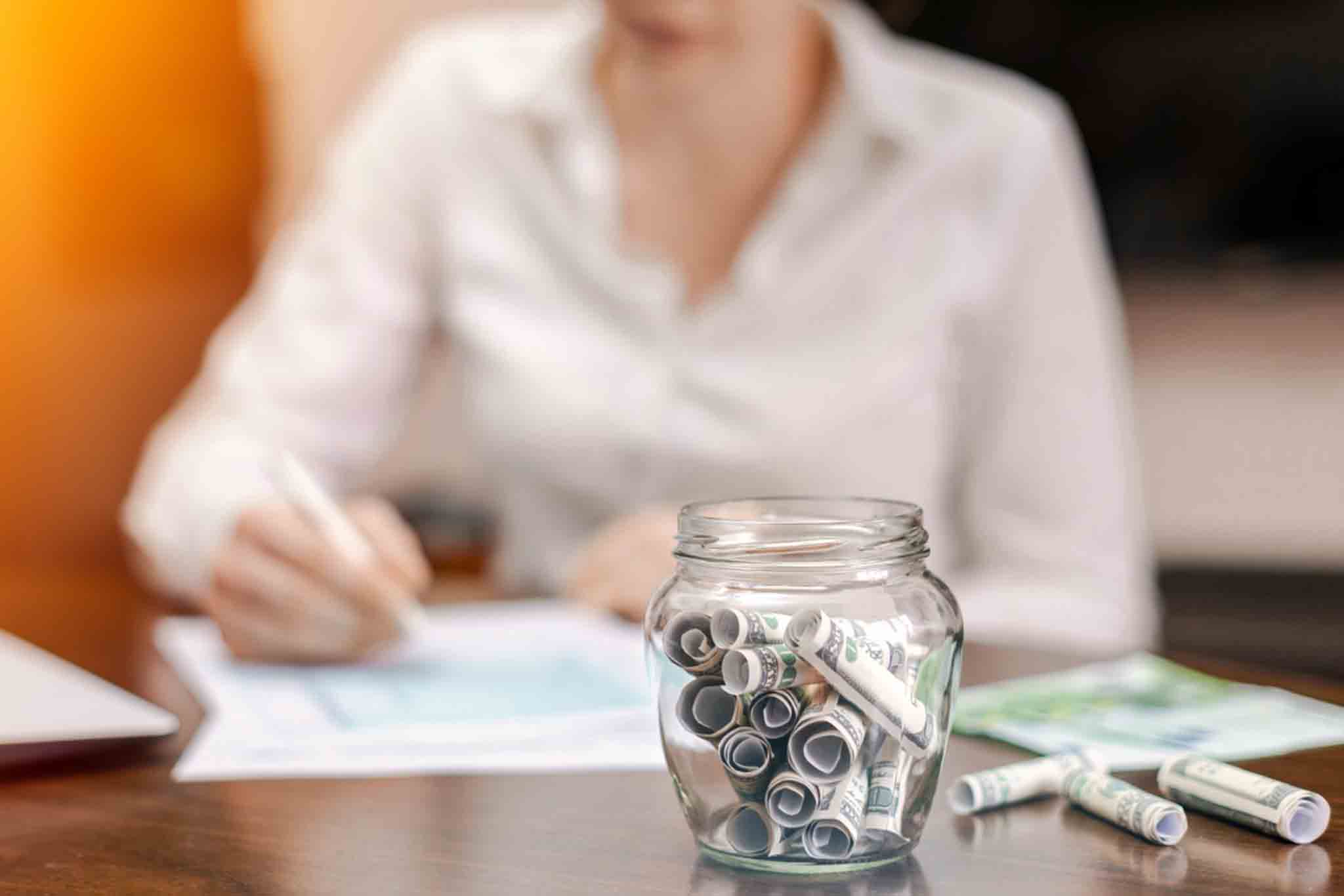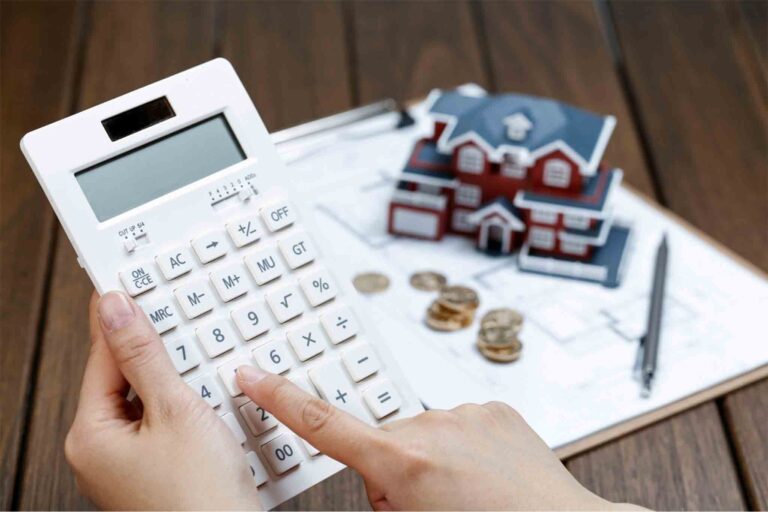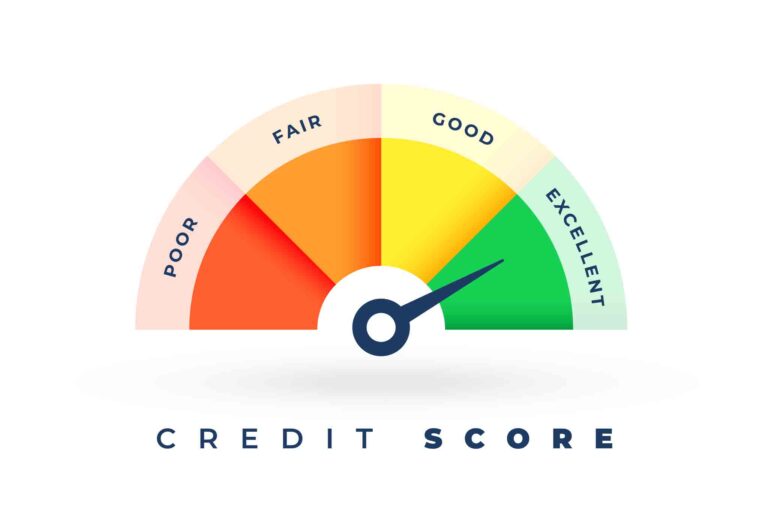Life is unpredictable. A sudden job loss, unexpected medical bill, urgent car repair, or family emergency can instantly disrupt your financial stability. That’s where an emergency fund steps in as your financial safety net.
It could be a broken appliance, a loss of income, or even a damaged cell phone. Large or small, these unplanned expenses often feel like they hit at the worst times—and having funds set aside can make all the difference.
An emergency fund is a dedicated pool of money set aside specifically to cover unplanned expenses without derailing your long-term financial goals or forcing you into debt. According to a Bankrate survey, nearly 26% of Americans have no emergency savings at all, highlighting how critical it is to start building one.
Whether you’re just beginning your financial journey or looking to strengthen your financial foundation, this guide will walk you through everything you need to know about creating and maintaining an effective emergency fund.
What Is an Emergency Fund?
An emergency fund is a cash reserve specifically set aside to cover life’s unexpected expenses. Unlike general savings, which may be used for vacations, home improvements, or large purchases, an emergency fund serves one purpose: to protect you from financial hardship during unforeseen situations.
The primary feature of an emergency fund is liquidity. This means your money should be easily and quickly accessible when you need it most. It is not meant to be invested in high-risk accounts like stocks or long-term bonds, as market fluctuations could reduce its value right when you need it.
Typical uses of an emergency fund include:
- Medical emergencies
- Urgent home or car repairs
- Job loss or temporary reduction in income
- Unexpected travel for family emergencies
Bottom line: An emergency fund acts as a financial buffer, helping you avoid debt and maintain stability when life throws you a curveball.
Why You Need an Emergency Fund
An emergency fund is more than just money in the bank; it’s peace of mind. Life’s surprises often come with a price tag, and having a financial cushion can keep you from spiraling into debt or stress. Here’s why an emergency fund is essential:
Protection Against Debt
Without emergency savings, many people turn to high-interest credit cards, personal loans, or payday lenders to cover unexpected expenses. An emergency fund helps you avoid these costly debt traps.
Emotional and Psychological Security
Studies show that financial stress is one of the leading causes of anxiety. Knowing you have money set aside for emergencies can significantly reduce worry and help you focus on other aspects of your life.
Flexibility During Income Disruptions
Whether it’s job loss, reduced hours, or a temporary inability to work, an emergency fund can give you time to find new opportunities without immediately compromising your lifestyle.
Readiness for Unplanned Expenses
From sudden medical bills to urgent home repairs, life happens. Your emergency fund ensures you’re prepared when the unexpected arrives.
Bottom line: Building an emergency fund is not just smart financial planning—it’s a key part of protecting your well-being and future.
How Much Should You Save?
The ideal size of your emergency fund depends on your personal circumstances, but financial experts generally recommend saving three to six months’ worth of essential living expenses. This should cover rent or mortgage payments, utilities, groceries, insurance, loan payments, and other necessities.
The Tiered Savings Approach
If saving that much feels overwhelming, don’t worry—you can build your emergency fund in stages. Many experts suggest:
- Stage 1: Aim for an initial cushion of $500 to $2,000 to handle small emergencies like a car repair or urgent medical bill.
- Stage 2: Gradually work toward the full target of three to six months of expenses for larger income disruptions such as job loss.
Factors to Consider
Your target amount may vary based on:
- Job stability: Freelancers or self-employed individuals may need a larger fund than those with stable employment.
- Number of dependents: More dependents mean more expenses and a higher safety net requirement.
- Health and insurance coverage: Those with less comprehensive insurance may want to save more.
- Housing situation: Homeowners may need extra for potential repairs or maintenance.
Tip: Focus on progress, not perfection. Even small, consistent contributions can grow into a solid emergency fund over time.
Where to Keep Your Emergency Fund
An emergency fund must be safe, accessible, and separate from your regular spending accounts. The goal isn’t to earn high returns but to ensure the money is available when you need it most. Here are the best places to store your emergency fund:
High-Yield Savings Account
A high-yield savings account offers security, easy access, and a better interest rate than standard savings accounts. It’s an ideal place to park your emergency cash while earning modest interest.
Money Market Account
Money market accounts combine features of savings and checking accounts. They typically offer competitive interest rates and allow limited check-writing or debit card access, making them a flexible option.
Cash Management Account (NEW)
Offered by brokerage firms, cash management accounts allow you to earn interest on uninvested cash while maintaining liquidity. They are insured and provide an alternative to traditional banks.
How to Start Building Your Emergency Fund
Starting can feel daunting, but building an emergency fund is absolutely achievable with the right strategy. Here’s a step-by-step approach to help you get started:
Set Realistic Goals
Begin by calculating your essential monthly expenses. Set a practical initial target (for example, $500 or $1,000) and increase the goal as your financial situation improves.
Open a Dedicated Account
Keep your emergency fund in a separate account from your main checking or spending accounts to avoid the temptation to dip into it.
Automate Your Savings
Set up automatic transfers from your paycheck or main account to your emergency fund. Automating even small contributions ($20–$50 per week) builds consistency and helps your balance grow effortlessly.
Use Behavioral Saving Techniques (NEW)
- Micro-savings apps: Round up your purchases and deposit the change into your savings.
- Visual goal trackers: Watching your progress can motivate you to stick with your plan.
- Set reminders and celebrate milestones: Small psychological rewards can keep you motivated.
Cut Unnecessary Expenses
Review your budget to find areas where you can trim spending:
- Cancel unused subscriptions
- Cook at home more often
- Delay non-essential purchases
Leverage Windfalls and Side Income (Expanded)
Allocate any unexpected money—such as tax refunds, work bonuses, or income from side hustles—directly to your emergency fund to accelerate growth.
Remember: The key is consistency, not perfection. Every small step takes you closer to financial security.
Balancing Emergency Savings with Other Financial Goals
One of the biggest financial challenges is figuring out how to prioritize multiple goals at once. Should you pay off debt, invest for retirement, or build an emergency fund? The answer is: it depends on your situation, but an emergency fund should come first.
Cover Minimum Debt Payments
Always stay current on your required debt payments to avoid late fees and damage to your credit score.
Build a Starter Emergency Fund
Before aggressively paying down debt or investing, focus on saving a small emergency fund of $500 to $2,000. This prevents you from falling back into debt if an unexpected expense arises.
Balance Debt Repayment and Savings
Once you have a small cushion, divide your efforts:
- Allocate extra funds to paying down high-interest debt (like credit cards).
- Continue contributing regularly to your emergency fund to grow it toward the 3–6 month target.
Maintain Retirement Contributions
If your employer offers retirement contributions (such as a 401(k) match), contribute at least enough to get the full match. It’s essentially free money and shouldn’t be passed up.
Pro Tip: Review your financial plan regularly. As debts decrease and your income grows, you can shift more resources toward building a fully funded emergency reserve.
When to Use (and Not Use) Your Emergency Fund
Your emergency fund is there for genuine, unavoidable financial surprises—not for convenience or planned spending. Knowing when to tap into it (and when not to) is critical to maintaining its purpose.
Appropriate Uses
Use your emergency fund for:
- Medical emergencies not covered by insurance
- Unexpected home or car repairs essential to daily life
- Job loss or temporary loss of income
- Emergency travel for family illness or funerals
- Unexpected legal expenses
Inappropriate Uses
Avoid dipping into your fund for:
- Vacations or leisure travel
- Planned home renovations
- Holiday shopping or luxury purchases
- Routine bills that should be part of your budget
Establish Your Own Rules
Everyone’s definition of an emergency varies slightly. Define clear personal guidelines to avoid the temptation of using these funds for non-essentials.
Reminder: The strength of your emergency fund lies in its ability to be there only when truly needed. Treat it as untouchable except for real emergencies.
Rebuilding Your Emergency Fund After Use
If you’ve had to dip into your emergency fund, don’t worry—you’ve used it for exactly what it’s meant for. The next important step is to replenish it as soon as possible to stay prepared for future surprises.
Make Rebuilding a Priority
Treat restoring your emergency fund just like any other bill or financial obligation. Include it as a line item in your budget.
Resume Automatic Contributions
If you had automatic transfers set up, restart them immediately. Consistency will help you rebuild faster without having to think about it.
Allocate Extra Funds
Direct any additional income—bonuses, tax refunds, side hustle earnings—straight into your emergency fund to speed up the process.
Adjust Your Budget Temporarily
If needed, scale back non-essential spending (e.g., entertainment, dining out) until your fund reaches your comfort level again.
Pro Tip: Replenishing your fund promptly will help you avoid relying on high-interest debt the next time an unexpected expense arises.
Building an emergency fund is just one part of managing your money wisely. To see how it fits into the bigger picture, check out our guide on the key areas of personal finance.
Conclusion
An emergency fund is one of the most important foundations of financial security. It shields you from the unexpected, helps you avoid high-interest debt, and provides invaluable peace of mind during life’s inevitable surprises.
Remember, you don’t have to build your emergency fund overnight. Start with small, achievable goals like $500 or $1,000, then gradually work your way up to a full reserve of three to six months of living expenses.
Consistency and discipline are the keys to success. Every contribution, no matter how small, brings you closer to greater financial freedom and resilience.
Take the first step today: open a dedicated account, automate your savings, and protect your future by building your emergency fund.


